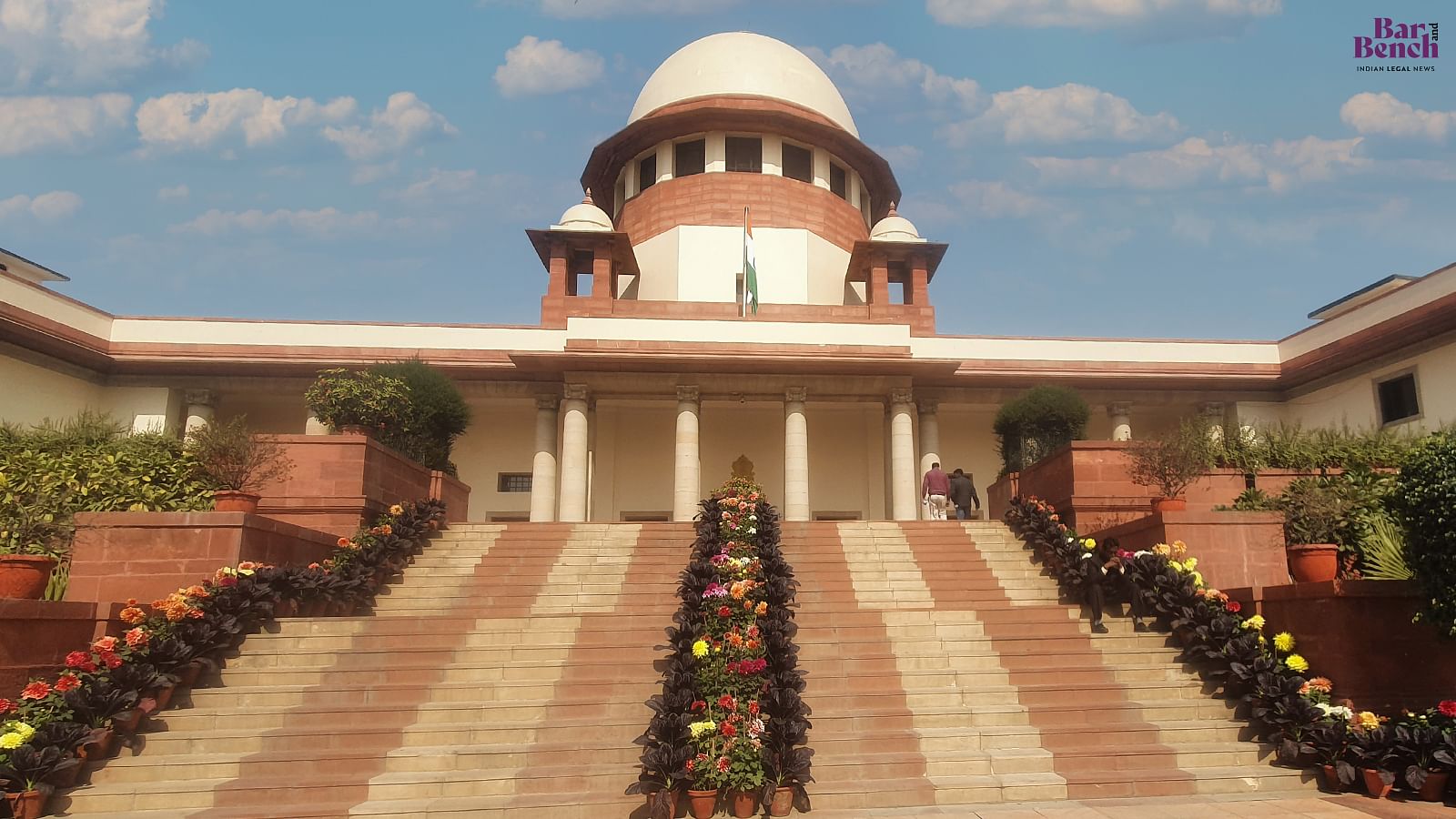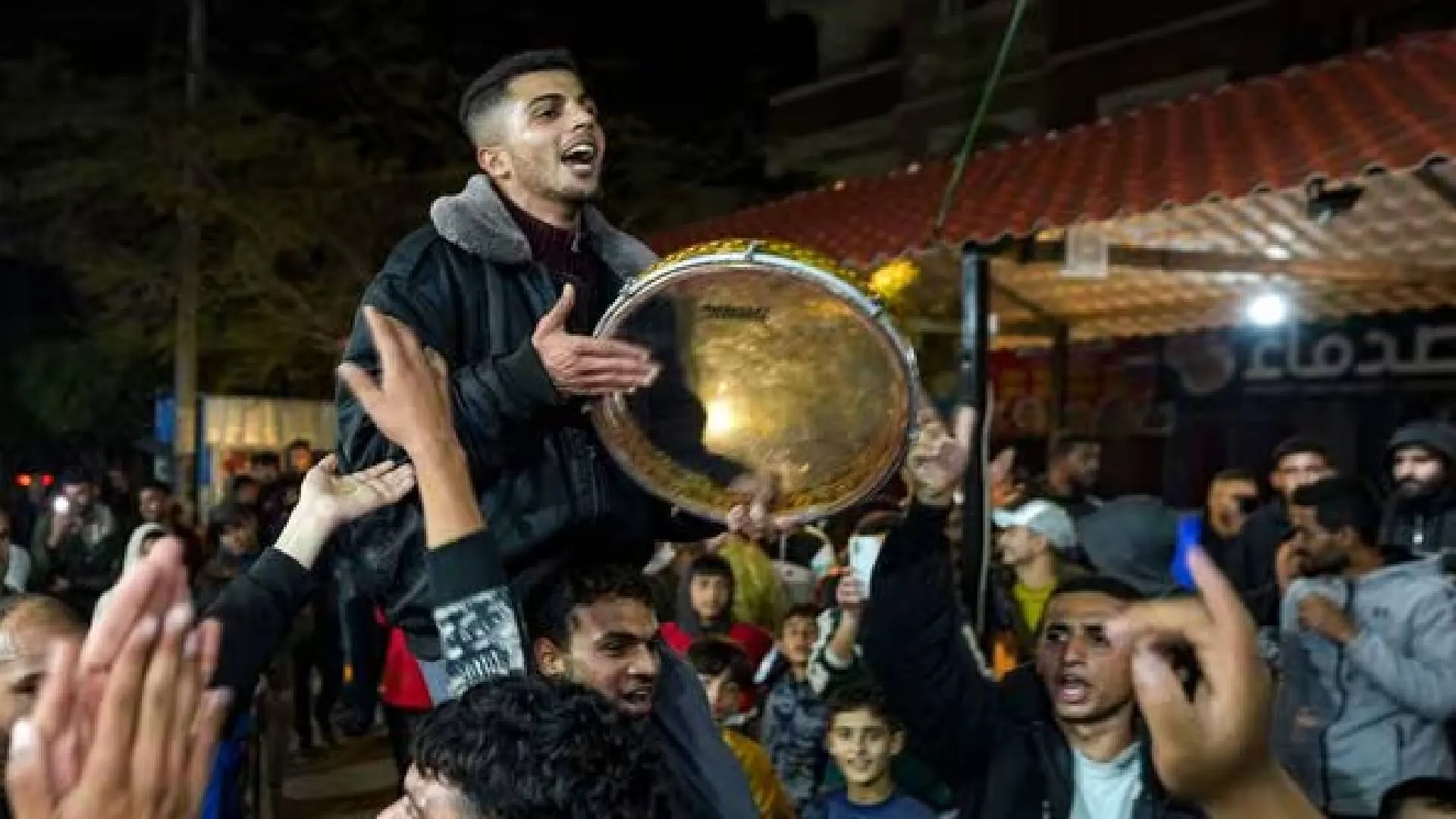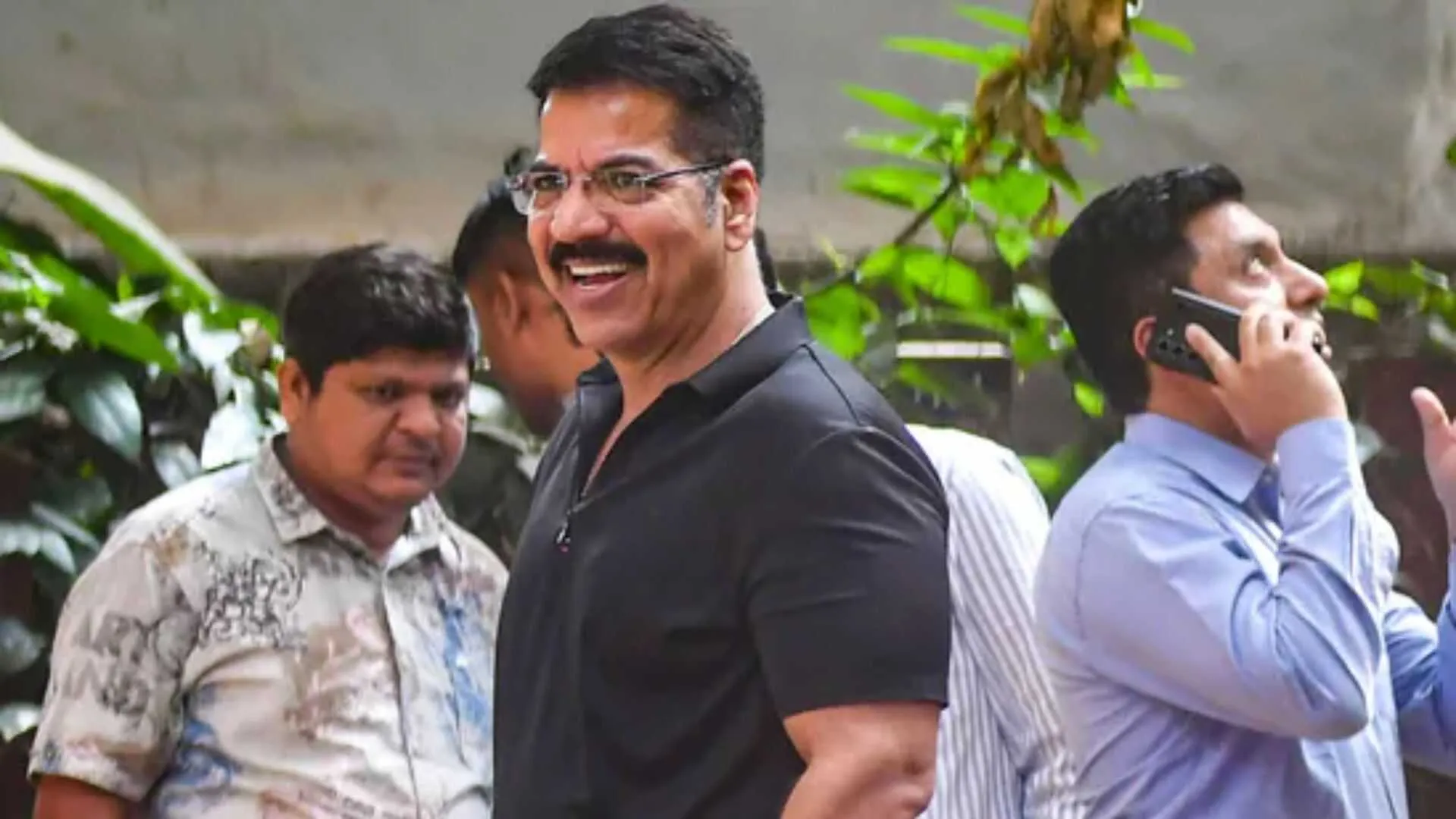The Supreme Court on Wednesday issued a stay order on the demolition activities near Shri Krishna Janmabhoomi in Mathura. It directed that the status quo be maintained for a period of ten days without any deliberate interference. In addition, the Court has issued notices to both the Central Government and the Railway authorities, seeking their responses. The Court has scheduled a hearing on this matter for the upcoming week. The petitioner, Yakub, stated in the Court that approximately 100 houses have already been demolished, while around 100 houses remain standing. The Railways contends that these structures are unlawful encroachments on railway property.
Between Mathura and Vrindavan, there exists a roughly 12-kilometre metre gauge railway track that is being changed into broad gauge. The intention is to introduce semi-high-speed train services on this route. Around a year ago, approximately 200 houses were identified to be on the encroached land. Over the past year, the Railways issued three notices to the residents, instructing them to vacate the premises. The most recent of these notices was served in June. Despite the passage of a month since the issuance of the latest notice, none of the occupants complied by vacating the premises.
The Railways initiated the first phase of actions on August 9, during which approximately 60 illegally constructed houses were razed amidst substantial resistance. Subsequently, the Railways granted an additional three days for the residents to vacate. Nevertheless, no residents complied with this ultimatum. Consequently, on Monday, August 14, the decision was made to employ bulldozers for further demolitions. This action led to the demolition of an additional 38 houses.
Consequently, more than 100 structures are currently remaining as unauthorised constructions in the area.
A hearing was held in the Supreme Court on this matter on Monday. The Court initially directed the petitioner to approach the Allahabad High Court and refused to hear the case. Following this direction, the petitioner stated that “Courts are closed in Uttar Pradesh due to the unfortunate demise of a lawyer, they have directly approached the Supreme Court.” After hearing arguments from both sides, the Supreme Court set a hearing on August 16.
A bench has been constituted by the Chief Justice to address matters related to these demolition activities. The bench comprising Justice Aniruddha Bose, Justice Sanjay Kumar, and Justice SVN Bhatti, heard the case and passed a status quo for 10 days and the next hearing will be fixed after a week.
Approximately a week ago, the process of converting the Mathura-Vrindavan railway line from metre gauge to broad gauge was initiated. Railway officials, accompanied by a significant police presence, were dispatched to facilitate the removal of unauthorised structures from this sensitive area.
The meter gauge railway track that has existed for about 150 years between Mathura and Vrindavan is presently undergoing conversion to a broad gauge. Encroachments were identified in several areas along this 12-kilometre rail corridor.
Railway officials have indicated that a notice was served on June 6, providing residents with a one-month period to vacate their homes. As this timeframe elapsed without compliance, actions are now being taken after a month has passed. The scope of work within this area extends to about 30 metres.
Yakub, the petitioner in this case, conveyed that he and local residents had jointly submitted a petition to the civil court. A hearing on this matter is scheduled for August 21, and the issue remains pending within the court’s proceedings. Despite this ongoing legal process, railway authorities are proceeding with their actions in defiance of the court’s jurisdiction. Contempt of court proceedings have been sought in response to this perceived breach of legal authority.
Rampant illegal constructions along Mathura-Vrindavan rail line
The Railway administration has conveyed that a comprehensive survey has been conducted to assess encroachments along the railway line stretching from Mathura to Vrindavan. Within this survey, a staggering 200 locations have been identified along this 12-kilometer track where motor vehicles, hand carts, and even scissor-pulled vehicles are observed to be stationed directly on the railway tracks. Furthermore, people have built unauthorised houses on both sides of the railway line. Notably, this railway corridor once accommodated passenger trains some 22 years ago, but now exclusively facilitates rail buses, a service that was temporarily halted during the peak of the COVID-19 pandemic.
Regrettably, this pause in operations has led to an accelerated proliferation of illegal occupations and construction activities.
The Indian Railways has a 30-metre stretch of land on each side of the railway line that traverses through the city.
However, this railway-owned land has seen unauthorised encroachments. In order to address these illegal occupations, the Railways has employed drone technology to conduct comprehensive surveys.
It has come to light that individuals residing in close proximity to the rail line have resorted to using the railway tracks themselves as sleeping spaces, placing cots directly on the tracks during night time hours. The rail line’s sections that traverse through urban locales, comprise nine stations from Mathura Junction to Vrindavan Railway Station.
On several occasions, the Agra Railway Division has advised the local administration to take appropriate measures for the removal of these unauthorised encroachments along both sides of the Vrindavan-Mathura rail line. Following deliberation, an accord was reached between the railway authorities and the local administration to elevate the railway line while situating the road below, a strategy aimed at enhancing convenience and transforming the road into a noteworthy attraction. Nevertheless, encroachments are particularly prevalent near Saunkh Terminal, Kailash Nagar, Somnath Vidya Ashram, new commercial establishments, Deeg Gate, Masani, Jaisinghpura, and Vrindavan.
Notably, a large number of people reside within these occupied areas. Besides, there has been apprehension about the presence of the illegal Bangladeshi and Rohingya families.























